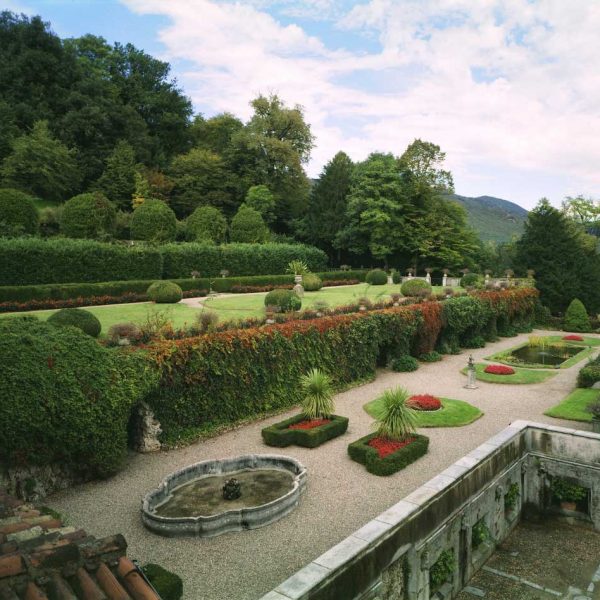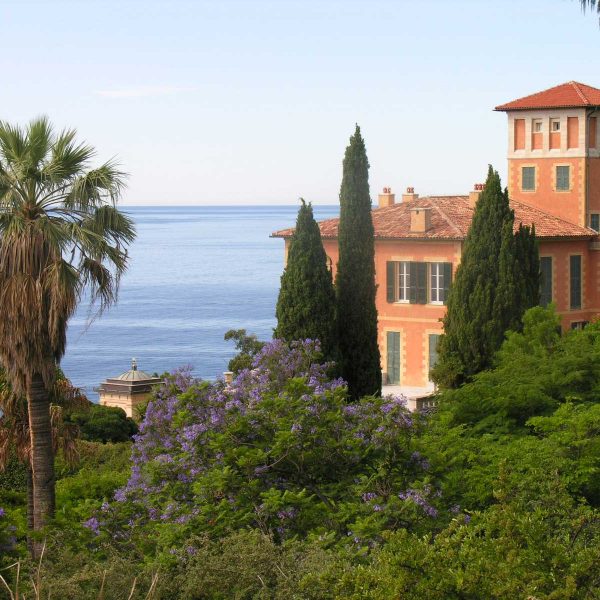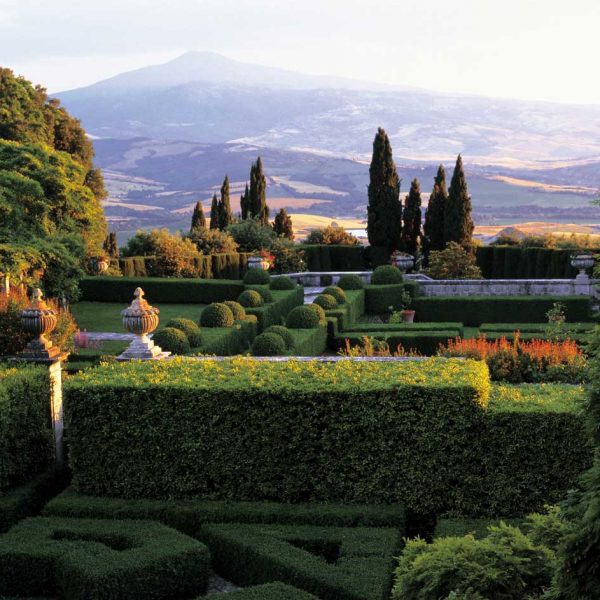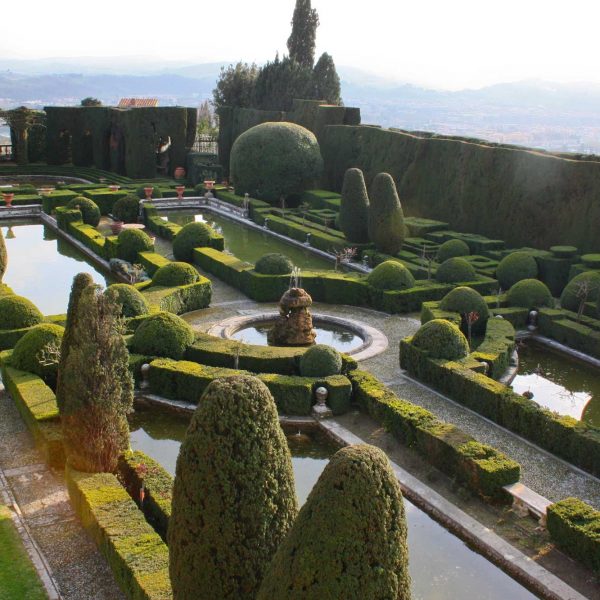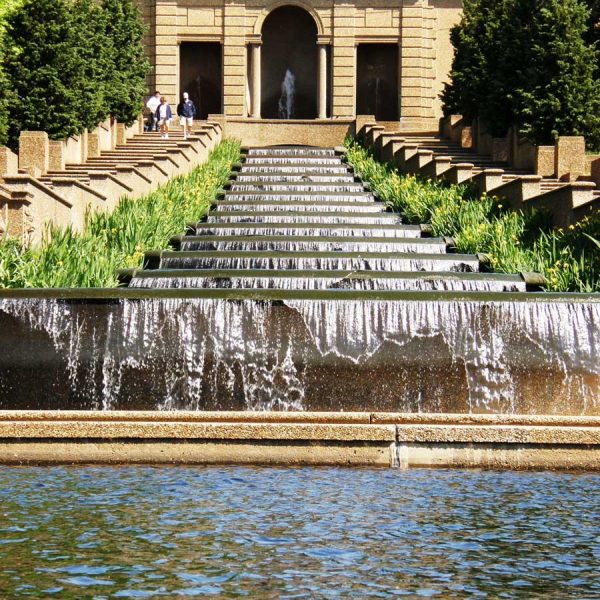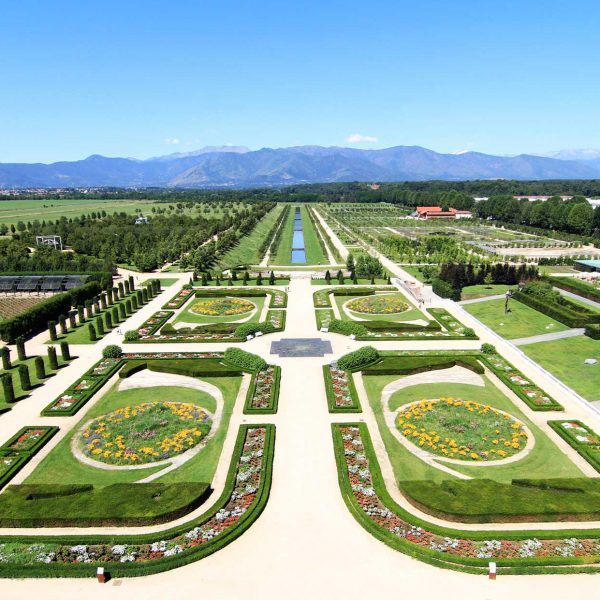Learn the italian culture and its development over the centuries by visiting its beautiful gardens, often located in special historic settings.
We can customize your itinerary with theme garden tours connecting the most famous gardens and less known gems for cultural or botanical aspects. This expertise is at disposal of all groups, garden clubs and associations for complete programs or just for daily excursions.
Only few traces can be found in drawings and ancient codes regarding medieval gardens.
In recent years, some gardens in medieval style have been realized in Italy nearby or inside important original buildings.
It is interesting to visit these reconstructions and compare them with what the tradition handed down, to find out how a medieval garden is read and re-interpreted by contemporary landscape and garden designers.
Italy was the cradle of renaissance garden and still preserves various gardens of that age, with a perfectly readable design. The labyrinth, the edged beds, the gardens of flowers, the water baths, the gushing fountains, the nymphaeums, the islands and the limonaia, a unique and unrepeatable repertoire which re-appears in a trip through Italy and the History.
In Italy, the barock garden embraced, in some cases, the classical concepts of the french garden, defined by André Le Notre in Versailles, but it often preserved an independent characterization, which stood as an ideal continuation of former renaissance style. During the visits, we will get to know the peculiarities of each garden, the comparison with the dominant model and how to read the design of the barock garden.
The different relationship between Man and Nature that inspired philosophical and artistic thinking in Europe between 18th and first half of 19th century took to the introduction of the landscape garden also in Italy, where, in some cases, formal elements co-existed with the new irregular taste , with the creation sometimes of so-called “mixed gardens”.
Tours could include also the “acclimation gardens”, which were thought to test the introduction of exotic species coming from all over the world.
The eclectic gardens were realized between the end of the XIX century and the beginning of XX century: their main feature is to present a mixed design, with two or more kinds of gardens of different styles.
In the same garden, various elements which recall or reproduce models of the past can be found, for example a renaissance labyrinth, a french parterre or english style woods, offering the visitor an interesting and complete vision of the existing typologies of gardens.
The art of the gardens and the art in the gardens is a fascinating subject that connects botanic and passion for the beauty, with forms of art materialized into a garden or with art works, realised by ancient or modern artists, which have used the garden as their open-air museum.
In the first case, we are talking about the gardens projected by great designers and architects who made the history of landscape design: to mention Russel Page, the famous english designer, Cecil Pinsent, english archtitect who developed the idea of the english-tuscan garden , Pietro Porcinai, the greatest italian garden designer and Ferrante Gorian, who operated in Italy and South America.
In the second case, in the artists’ gardens, the works of art have been set in a garden, in a particular position or modifying the orography of the garden itself and creating situations of land art.
The visit to important nursery gardens is particularly interesting for lovers of decorative plants, especially those nurseries specialised in a particular group of plants or in ars topiaria: here gardeners can also provide visitors with useful information on cultivation and maintenance.
Collectors’ gardens are usually less known locations where the owners have concentrated on the cultivation of unusual and rare plants or on particular types, for example perennials, roses, lavenders, succulents, palms.
In Italy, various gardens include collections of roses, some of these extremely specialised in english roses (David Austin Roses), in Rosa arborescens and in italian and ancient roses.
Botanical gardens offer a very important overview to everyone who loves gardens and their history: many botanical gardens were established in Italy in the past, mainly between XVI and XVIII century, including the most ancient botanical garden in the world, dating back to 1545.
Each botanical garden ranges collections of plants, sometimes rare types and often exotic species: there are also sections of autochthonous and local plants, usually those ones at risk of extinction, in order to study and preserve bio-diversity.
Botanical gardens offer therefore a time travel, through the history of botanical discoveries and a space travel, with a view on types of plants coming from all over the world.
